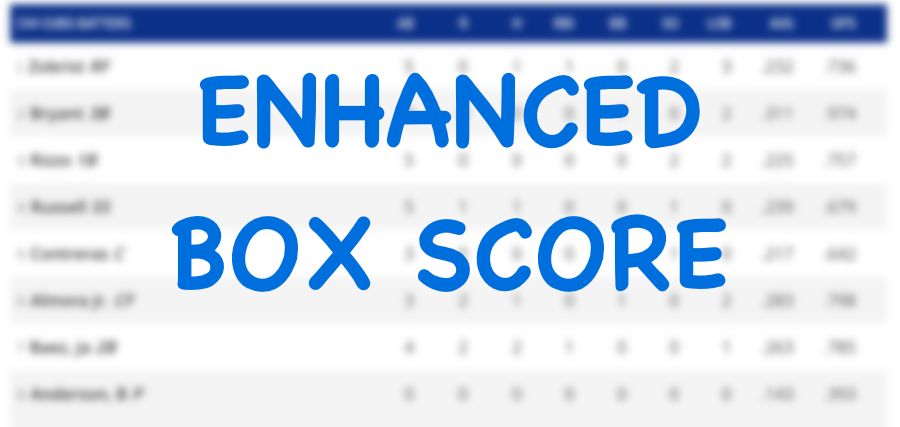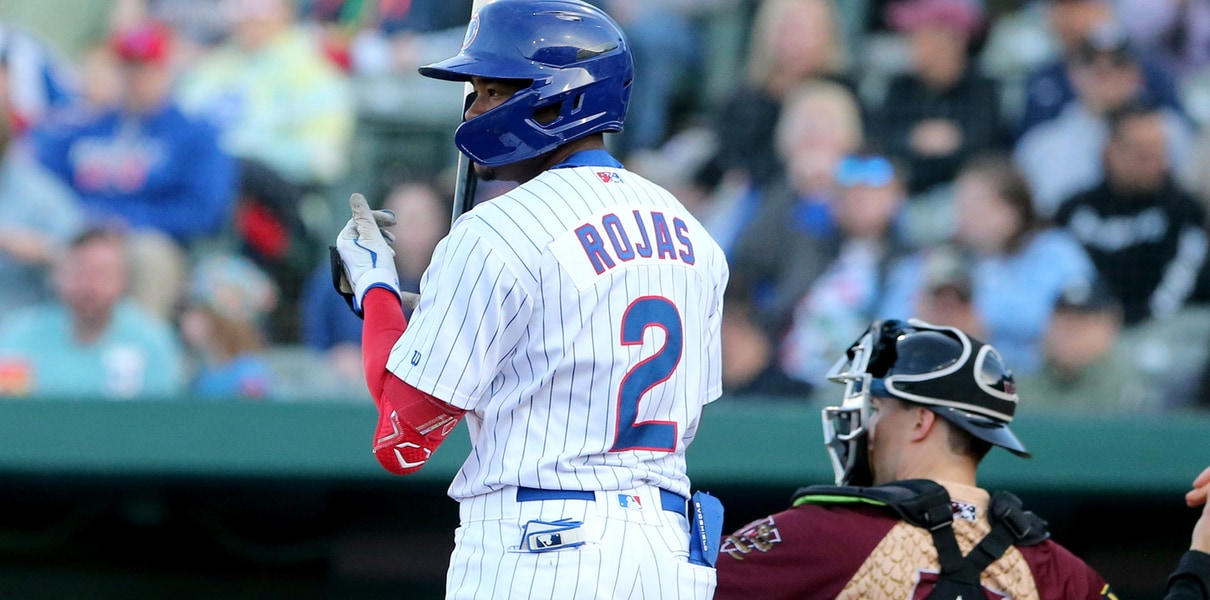In a recent FanGraphs piece about the Rangers losing Derek Holland for a considerable portion of the 2014 season, Jeff Sullivan wrote about marginal wins for teams like the Rangers – ones that are rather good, and project to be playoff contenders. His piece, as it relates to Holland and the Rangers is an interesting read, but I’d like to focus on two graphs he included, and discuss how they relate to the Cubs, both in the near and long-term.
In the first graph, Sullivan plots the odds that a given team will reach 90 wins (a reasonable playoff chance), given its “true talent level” – in other words, just because a team is truly an 85-win team, that doesn’t mean they’ll actually win 85 games. Sometimes teams get lucky, or unlucky. Here’s the graph (via FanGraphs):
Reading the graph, if you’ve constructed a roster with a true talent level of 90 wins, there’s actually a nearly 50% chance your team will fail to actually win 90+ games. There’s a small chance that you’ll win exactly 90 games, and then a nearly 50% chance your team will win more than 90 games. Makes sense, eh?
As it relates to the 2014 Chicago Cubs, whose “true talent level” is going to hew much more closely to the bottom end of that scale, we can see that there’s still a chance that the Cubs could win 90 games! Of course, that chance is something close to 5%, and if you believe the Cubs are only a 79/80-win team on paper heading into the season.
For the Cubs to have put themselves, in 2014, in a reasonable position for playoff contention, how high would they have had to climb? Is a 30% playoff chance worth what it would have taken to add 10 wins to the roster? That’s not a rhetorical question, I really don’t know what I think, given the complex relationship of near-term additions, long-term goals, and the financial restrictions the Cubs face. Assuming they would have actually signed with the Cubs, you’re looking at adding something like Curtis Granderson (four years, $60 million), Jhonny Peralta (to play 3B) (four years, $53 million), and Ricky Nolasco (four years, $49 million) to get those 10 wins in 2014 … but you might be looking at some ugliness in the years thereafter, and a lot of tied up salary. And that’s just to get the Cubs a 30% chance of being a 90-win team in 2014, and that’s assuming you believe the current talent level is at least in the 76 win range (which is not a sure thing – with a similar roster (better in the first half), the Cubs win just 66 last year).
On the whole, that’s an incredibly steep hill to climb, and I’m once again reminded why discretion this offseason was the better part of valor.
The second graph Sullivan shares mostly underscores this point, while providing a different perspective (via FanGraphs):
The most valuable marginal wins take place when your team’s true talent level is already approaching 90 wins. If you’ve got a crappy team or a fantastic team, adding a win to true talent level barely increases the chances your team reaches 90 wins because you’re so far away or because you’re already a near lock to achieve 90 wins. This graph strongly supports the idea that, when your team finds itself below 80 wins of true talent level, spending significant money to add a few wins is not going to dramatically improve your odds of reaching playoff contention.
Sometimes, teams get lucky. I certainly hope the 2014 Cubs see positive regression from some key players, breakouts from others, and rapid prospect ascent. In that unlikely confluence of positives, maybe the Cubs fall into that 3/4/5% chance of reaching 90 wins. But do I think they should have spent considerable short-term resources to increase that chance to 20/30/40%? When it could, in the long run, diminish the odds in 2015/16/17, when the internally-developed true talent level is going to be much higher (and, thus, spending money on additional wins is much, much more valuable – as the graphs indicate)? I can’t say they should have.
































